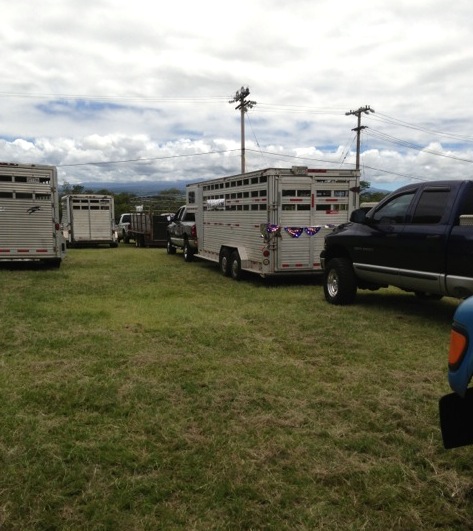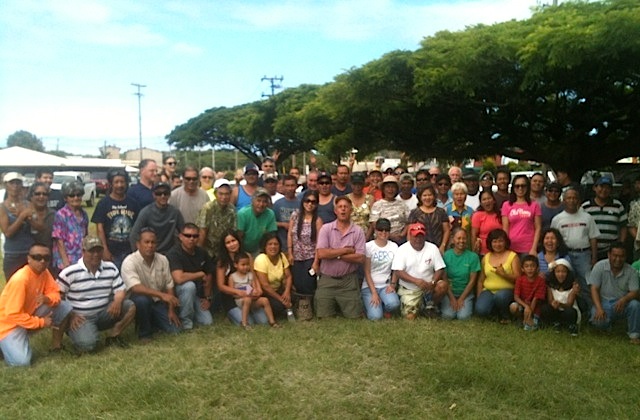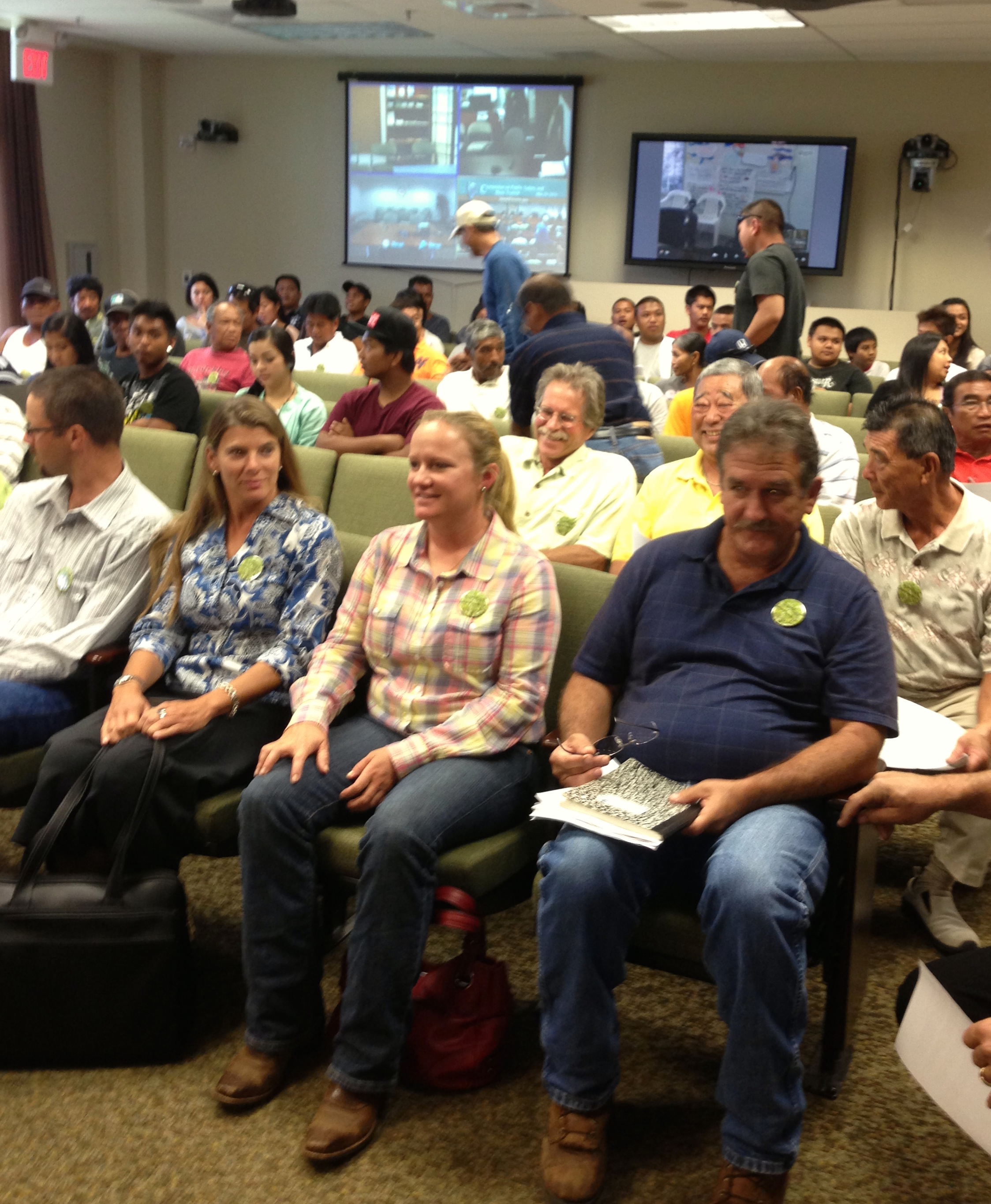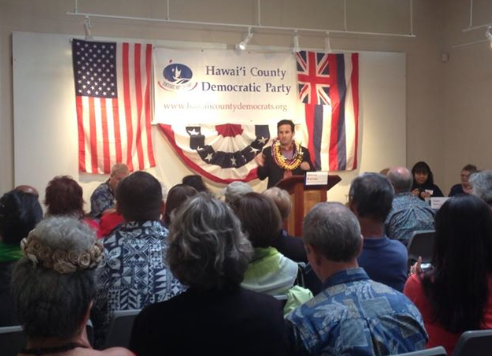Richard Ha writes:
Hawai‘i County Councilmember Margaret Wille is planning to
resubmit an anti-GMO bill – because, she says, her fellow council members generally recognize there is a need to restrict any further introduction of GMOs here on the Big Island.
And yet, after talking to the other council members, farmers don’t think Councilmember Wille is correct about that.
Note, too, that she has not bothered to meet with the farmer
groups affected – those who produce most of the food grown here on the island – and we can only assume she does not want their input.
In an earlier note, Wille indicated that if GMO crops were allowed, that would be the end of organic, natural farming and permaculture farming.
Actually, the reason organic farming does not produce more food is actually because its cost of production is very high. This would not change with Councilmember Wille’s bill.
The result of her bill passing would actually be more expensive food for the Big Island’s people.
One of the basic reasons Bill 79 is not fair to conventional farming is because farmers on other islands would be allowed to use new biotech seeds for nutrition improvement, disease prevention, heat tolerance and other labor and cost saving methods, while Big Island farmers would not be able to do so.
Tomato Spotted Wilt Virus is an example of a very serious tomato
disease. If farmers on other islands are allowed biotech solutions to such diseases, while Big Island farmers are not, that could be the difference between Big Island tomato farmers surviving or not.
It could also be the difference between whether conventional farmers continue farming, or do not. Yet Councilperson Wille has chosen to not even meet with farmers.
In this morning’s Honolulu Star-Advertiser, Maria Gallo
wrote an excellent commentary on genetically modified foods. She is Dean of the College of Tropical Agriculture and Human Resources and Director of Research and the Tropical Extension Service at the University of Hawai‘i at Manoa. She writes from a knowledgeable, scientific background.
Not all genetically modified foods the same and a blanket ban on them would be misguided
By Maria Gallo
For years, I taught a course on genetically modified organisms.
First, we covered the biology behind GMOs so that students had the science background. Then we described agricultural systems so that they understood the challenges facing food production.
Next, we reviewed the applications of GMOs so that they knew the products being used along with their benefits and risks. And last, we discussed the controversy surrounding GMOs.
The objective was to develop students’ critical thinking skills so that they could make informed decisions…. Read the rest (subscription required)
Gallo points out that the GM technique itself is not harmful, and that, in fact, new GM traits aim to do things like reduce how much water crops use, through drought tolerance; to reduce saturated fats and allergens in foods, and to increase disease-fighting nutrients in food. She warns that a blanket ban on GMOs in Hawai‘i, when we are already in a position of so little food self-sufficiency, would be short sighted.
In yesterday’s Hawai‘i Tribune-Herald, Michael Shintaku had a letter to the editor along these same lines. He points out that “Supporters of this bill were surprised that so many farmers rose in opposition,” and says, “Please talk to a farmer before supporting these bills.” He makes some excellent points. From his letter:
“Bill 79 and efforts like it are terrible mistakes. It is fear-based legislation that comes from the misunderstanding that biotechnology is too dangerous to use…. Biotechnology is young, and we haven’t even gotten to the good stuff yet.”
“Bill 79 would condemn all biotechnological solutions based on irrational fear….There is no credible argument on this point in the scientific community. This issue is pretty much settled.”
He asks that we “Please allow Big Island farmers, who are among our best friends and neighbors, to use the best technology available.”





